
The Velomont Trail is one of the most ambitious trail building projects currently underway in the USA. Once complete, the trail will span 485 miles one-way across the entire state of Vermont.
As you can imagine, connecting this long-distance trail via an amalgamation of public and private land is no small feat. So when we heard that over 100 new miles of the Velomont trail had just been approved, our ears perked up.
With 150 new miles in the next 10 years, the Velomont will soon stretch for 200 miles
The newly-approved trails include 72 miles of singletrack in the Manchester District of the Green Mountain National Forest, 30 miles in the Rochester District, and another 10+ miles on private land near Randolph. That, in addition to other trails already in progress, adds up to about 150 new miles of Velomont singletrack slated for construction over the next 10 years (pending funding). Once all of these approved segments are built, the trail will measure 200 miles long.

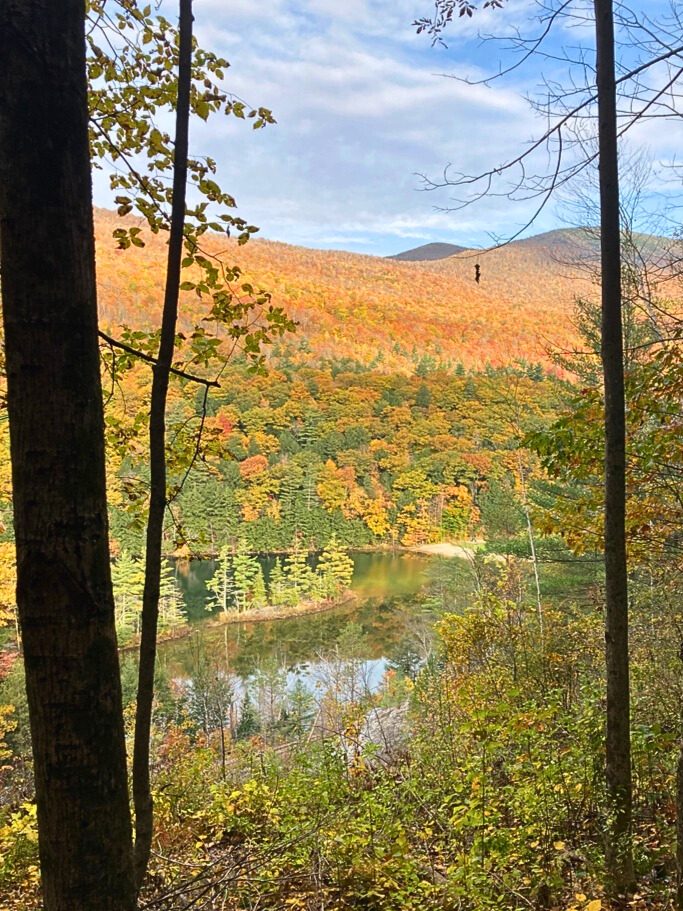

72 miles in the Manchester District
The Green Mountain National Forest is the only national forest in Vermont, and it’s split into two different ranger districts: the Manchester and the Middlebury/Rochester. The biggest Velomont news is the 72 miles of newly-approved trail in the Manchester District.
This massive NEPA approval with the largest land owner in the state (the federal government) is a massive win for the Velomont. Not only will this be huge for the connectivity of the trail, it will also bring mountain biking to the nearby communities of Dorset, Stratton, and Mount Snow. There aren’t “a lot of purpose-built, mountain bike optimized opportunities […] down in that part of the state,” according to Nick Bennette, Executive Director for the Vermont Mountain Bike Association (VMBA).
“It’s some of the coolest terrain in the state, too,” Bennette added. The proposed section of trail will take riders onto some of the highest elevation ridges in the state. A three-mile section in particular will run along the Deerfield Ridge at over 3,000 feet, which is substantial for Vermont. This section follows a stretch of the existing Catamount Trail, which will be improved and rerouted. The existing route was critical for this approval because there are substantial limitations on trail construction above 2,500 feet in Vermont.
“There’s gonna be a little bit of rerouting up on that trail to get it out of the hydric soils,” said Angus McCusker, Director of the Velomont Trail. “It’s gonna be really challenging terrain — pretty bony, if you will. But we’re really excited about putting the ‘mountain’ back in ‘mountain biking’ in a way, as you climb up a mountain, and you get to ride along this ridge.”
A combination of new and revamped singletrack
Of the 72 miles of newly approved Velomont trail, 15 will be entirely new trail construction, nine miles will be new trail reroutes, 25 will consist of improving existing trail, 14 will utilize existing, well-maintained trails, and an additional nine miles will follow Forest Service roads.
The new trail builds will be spread throughout the entire 72-mile segment, creating critical connections where they don’t currently exist. As such, it’s difficult to outline all of the new segments that will be built.
The bulk of the existing trail that will be improved, along with some reroutes, is Vermont’s renowned Catamount Trail. The Catamount Trail is the longest backcountry ski trail in the USA, stretching over 300 miles across the state. When someone says “ski trail,” I immediately think of a wide XC ski trail groomed for skate skiing, but McCusker was clear that the Catamount is different: it’s singletrack.
Unfortunately, the trail was designed with winter use in mind, so it crosses many sections of sensitive wetlands that are frozen in the winter and impassable in the summer. Many of the reroutes will go around these wetland areas. They’ll also build bridges where possible. In addition, some of the more rugged sections of the Catamount trail tread are being improved to make them usable for bikes in the summertime.

30 miles in the Rochester District
The Rochester District is already home to the longest existing section of the Velomont Trail: the 38-mile Heart of the Greens, which forms an attractive loop ride when combined with nearby forest roads.
The 30 miles of new singletrack approved in the Rochester District are located in what McCusker calls the “Telephone Gap IRP.” “These trail additions will extend the existing stretch of Velomont Trail that currently ends near Pittsfield, VT, southward to Killington, VT, and Mendon, VT,” he said.
This new section of the trail “is more remote and is not located within areas of high trail traffic (i.e. villages and/or existing trail networks), so the trail tread will have a more primitive feel (i.e. no berms),” according to McCusker. “There may be sections where the trail will be hand-built, but machines will be utilized. [It’s a] bit of a hybrid approach here to ensure that build standards and VMBA best management practices are being met. We want the trail tread to be resilient and capable of mitigating surface water well to help minimize long-term maintenance needs, too.”
“The build will be accessible and enjoyable for the average intermediate rider and will also be adaptive-friendly,” he continued. McCusker said that VMBA aims to build an intermediate-friendly route, but it will be a challenge due to the steep terrain and primitive trail feel. Even so, “we’re really excited to see this next zone through as it’ll be a fairly unique riding experience. Lots of great views overlooking South Pond as well as Lefferts Pond and Chittenden Reservoir,” he concluded.
Three sections in the Rochester District are currently out for bid, and McCusker hopes to have builders lined up for next year.
What is the character of the Velomont Trail?
The Velomont’s goal is to have at least 70% of the finished trail consist of singletrack. But they want that singletrack to provide high-quality mountain biking — not brutal hike-a-bike on old school, little-maintained singletrack. Bennette contrasted their goal with the Orogenesis project, which has a lot of “moto trail” and “very adventurey riding,” which is a nice way of putting the “crazy amounts of deadfall” and brutal hike-a-bikes that Kurt Refsnider has endured on his inaugural through-ride of the route.
The Velomont, on the other hand, “will be purpose-built singletrack trail that is well maintained, or able to be well maintained.”
Even within those parameters, there’s a lot of room for fluctuation. Bennette explained that the trail will feel more like “heritage” singletrack. “You’re going to get on trail and be like, ‘Oh, this isn’t buffed out. This is like, a little more raw, a little rocky.'”
That said, the Velomont will connect as many VMBA chapters together as possible. Where the route approaches towns and existing trail systems, it will utilize those trails wherever possible. This means that in practice, riders might find the raw, heritage singletrack deep in the national forests, and then roll into a purpose-built flow trail when they drop into a popular trail system close to a town.
The trail character could vary dramatically from place to place, but one thing is assured: it will all be fantastic, high-quality mountain biking.

The build timeline depends on funding
When asked about the final completion date for these approved trails, McCusker hedged, estimating up to 10 years to complete everything that’s been approved. Bennette tried for an optimistic timeline, guessing five years if funding comes through.
So ultimately, funding is the issue.
The Velomont Trail organization is a subsidiary of both VMBA and Vermont Huts, and the three organizations are working hard to secure as much funding as possible. One of the major funding streams that will get the first phases built is $2.5 million in Congressional Directed Spending (CDS) that’s already been secured by former Senator Patrick Leahy. The funds are earmarked specifically for trail construction on federal land.
“The CDS funding was a catalyst, and Senator Leahy viewed this as a legacy project and helped secure millions of dollars for trail construction, which is amazing,” said Bennette. “But as Angus alluded to, [it] doesn’t cover any activity on private land and has other strings.”
VMBA is currently in the middle of a capital campaign, raising money from donors and grants. Specifically, they’re “working closely with the National Forest Foundation to help identify and secure other funding opportunities,” according to Bennette.
Many different builders will be tapped to work on the project
Segments will be put out to bid separately, allowing the Velomont to contract with a variety of builders for the work. McCusker mentioned that, in addition to local Vermont builders, they’ve had builders from across the country, including as far away as Idaho, bid on the projects.
Along with contracting professionals, some sections of the trail may be built by the in-house professional trail crews from some of VMBA’s more developed chapters. And some sections of the trail will even see volunteer construction, too.
From a multitude of land managers, to private and public partners, a variety of grant and funding streams, and a host of different trail builders, the Velomont team is working with everyone imaginable to turn this ambitious vision into a reality.
Remarkably, it’s taking place right before our eyes.


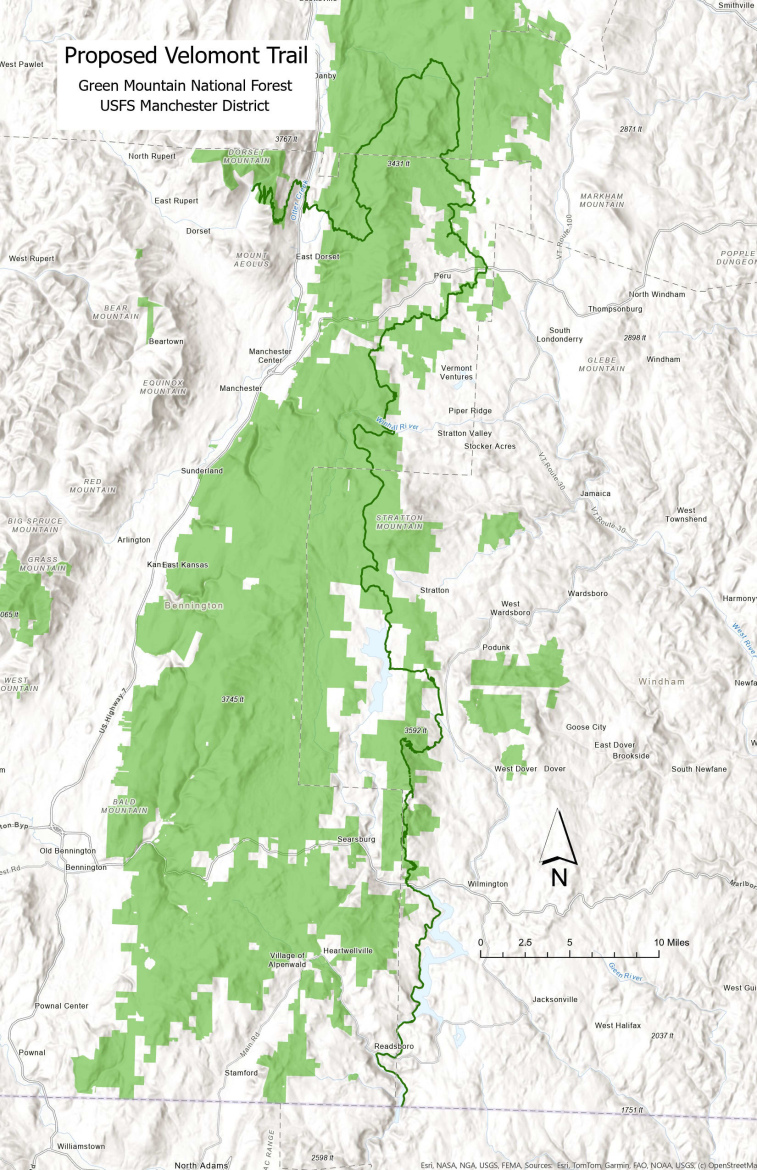
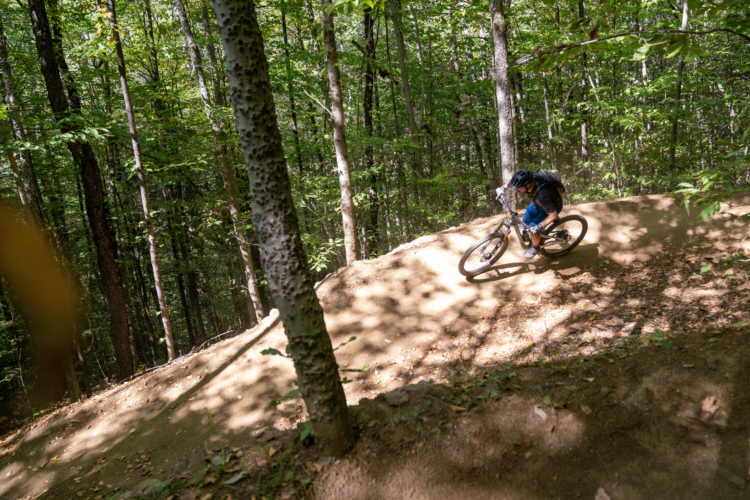


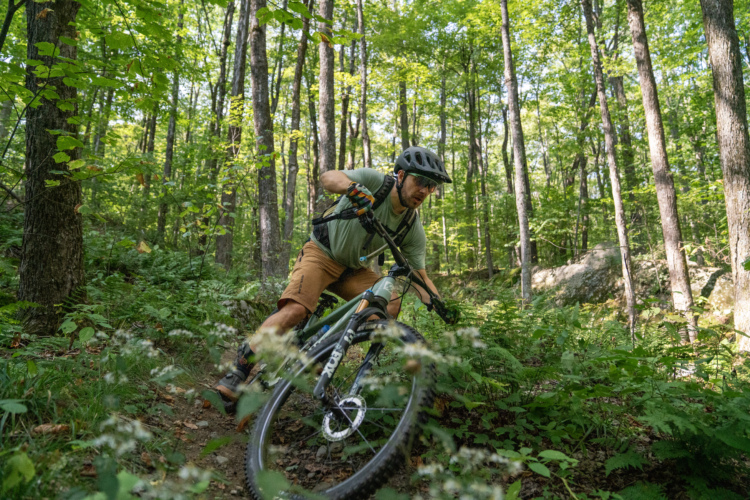
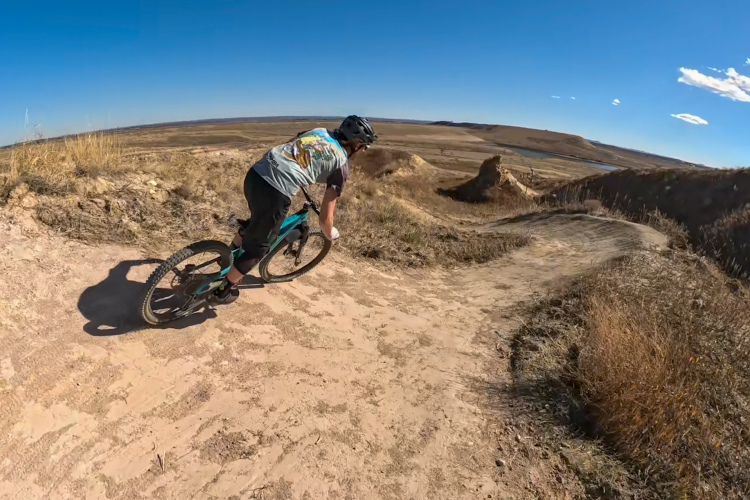


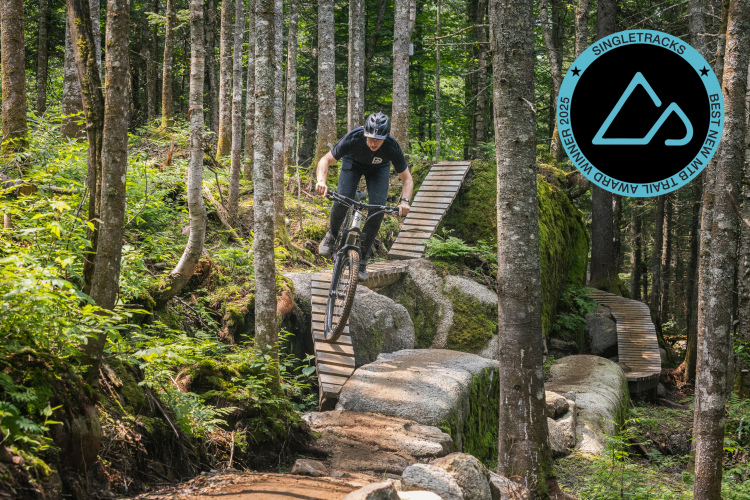

2 Comments
Nov 7, 2025
Nov 7, 2025